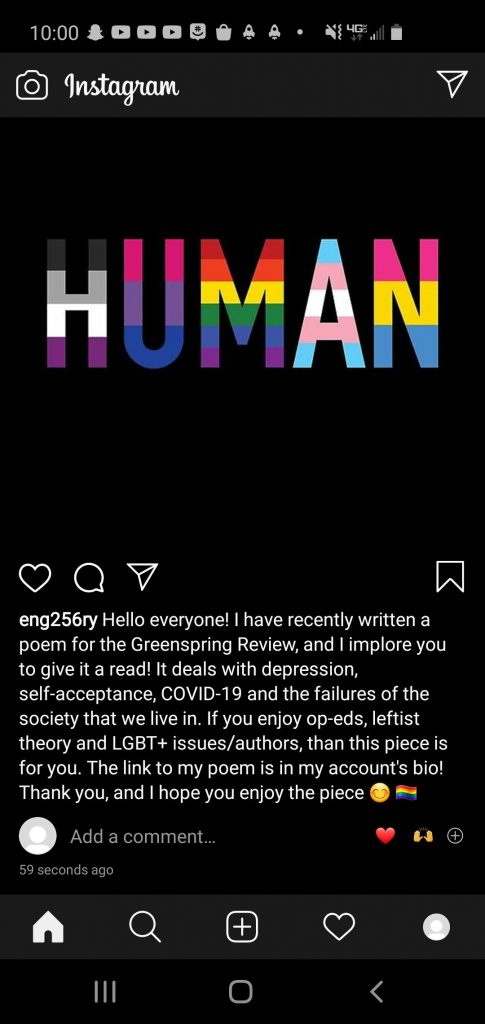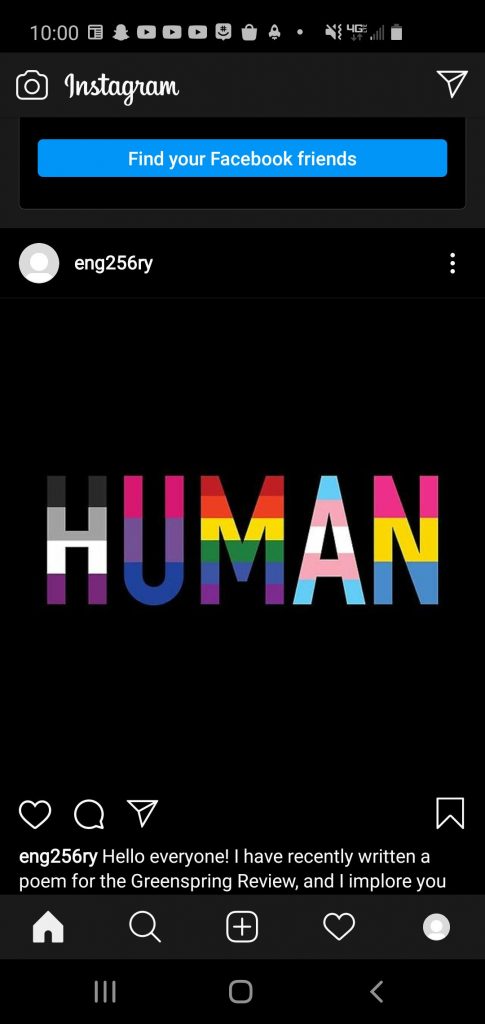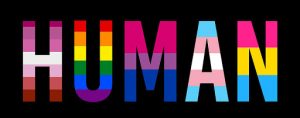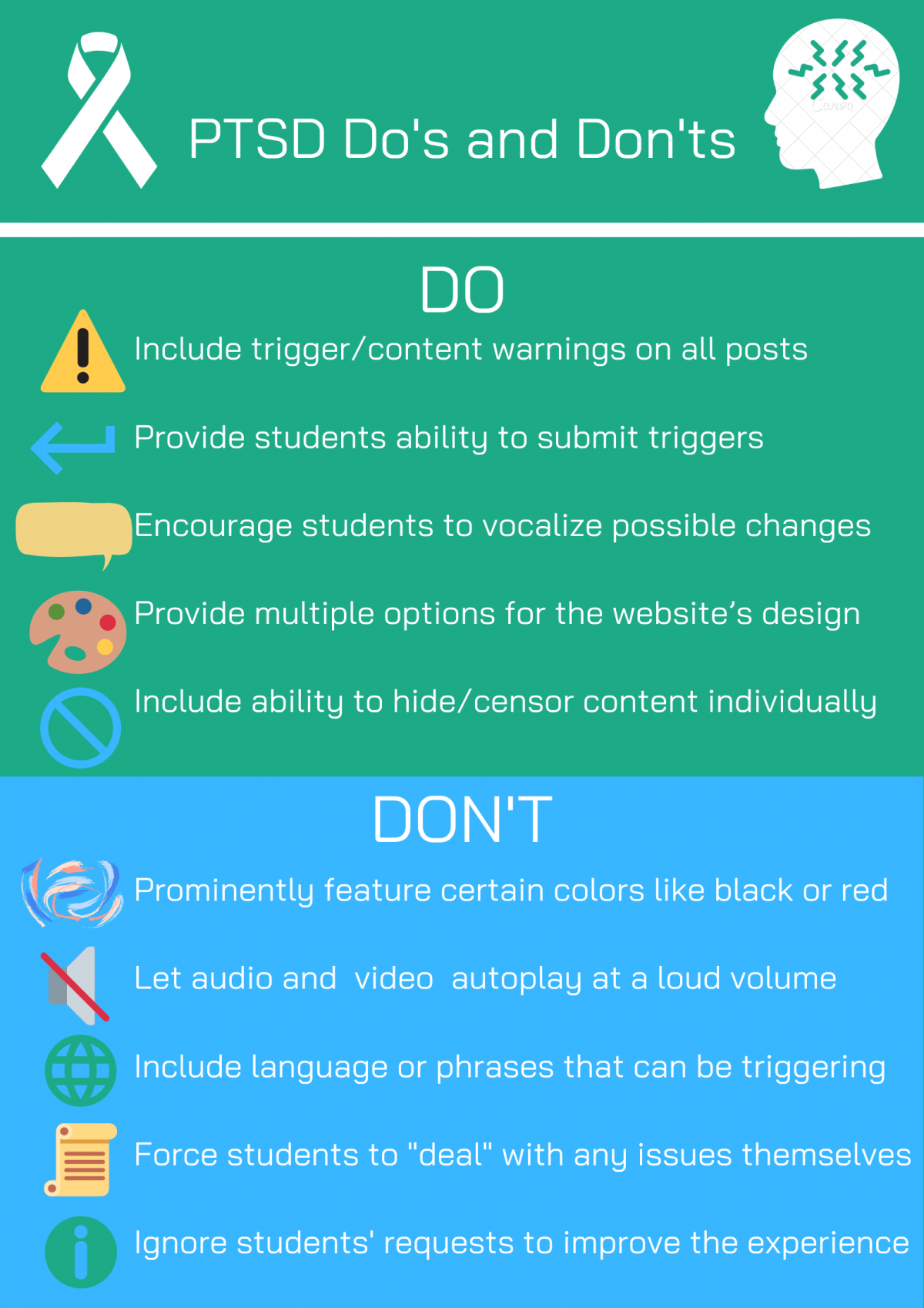https://drive.google.com/file/d/19ji38K0pEGFpB_1gZse65m-GUqwF4Eux/view
For this assignment, I will be analyzing the Paris Review, a literary magazine and website for lovers of fiction, photography and more across the world. In this assignment I will analyzing the Paris Review spatially, gesturally, aurally, visually and linguistically. The Paris Review’s combined efforts as a multi-modal publication, as well as their long history, has allowed them to cultivate an incredible resource for writers and readers alike. However, the website itself is not the greatest user experience.
The Paris Review literary magazine got their start in 1953. The literary magazine is still published to this day, and shares content with the website. The website began in 1996 and has been publishing poetry and interviews since. These articles are not short news articles: they are developed stories and reviews that will take time to read. As such, most readers are likely on their laptops instead of their phones. The Paris Review appeals to people who appreciate many different types of literary pieces. Book reviews, poetry and author interviews can be found all over the site.
Anyone who loves reading and writing has a place on this website. The demographic age appears to be in the 18-40 range, as literary magazines are popular with younger people. Rather than favor any specific gender, the website could be appealing to anybody. The website describes itself as a place for writers to publish and read good writing (no matter how varied that definition of ‘good’ is, as in all different types of writing) Articles written by the publication itself & other writers are found on the site. There is also a podcast. The website creates a sort of hub for creative writing ventures.
The Paris Review has a very limited, but appealing, use of colors. It’s mainly black and white, with a very interesting pink motif. Things that are pink include the current issue number, the subscribe button, newsletter sign-up, events, store and the highlighted article on the front page. The only issue is the prominence of white space on the website. It doesn’t take away from the design, but it is very plain overall. After some research, I found that the Paris Review’s font is Garamond Premier Pro. This is a professional font, which fits the “regal” theme that the publication gives off. It is not distracting and is also very visually pleasing.
The Paris Review includes all sorts of media. Photography, videos and audio clips can be found on the site’s articles. However, each of these forms of media are also given their own special treatment. Photographers are often given their own articles to display their pieces. Book authors, play writers and the website’s founder, George Plimpton, have their own videos under the “Video” section. Multiple podcasts also exist on the website! A series of interviews titled “92Y Interviews”, and 2 seasons of a podcast on all sorts of important literary information and discussion.
While the website itself is functional, there are a few key issues with it. For one, as you can see on the podcast page, the sidebar seems to not work properly when scrolling. On the front page the suggested articles disappear quite quickly, leaving white space for about 90% of the page. However, other areas of the site are well designed, such as the search function for the sites large collection of fiction. Interviews, poetry, letters, essays, art and photography are also featured and fully searchable. The website spans nearly any genre, as it includes most creative writing formats. Most pieces of writing featured by themselves on the website are fiction. The nonfiction pieces are usually interviews and articles about writers.
While many aspects of the site are appealing, it has one fatal flaw: it is not free! To read articles in full, a subscription is required. Other websites with subscriptions at least allow for one or two free articles. While the videos and podcast are free to consume, all pieces of writing are only partially readable. The only exception to this I could find were published essasys. A subscription is required to read any full article, poem or fictional piece. Considering the literary magazine and the website do not share the same exact content, I find this decision to be problematic. I don’t fault the people at the Paris Review, but other websites are able to provide a ton more information for free.
While the Paris Review is a solid website, it certainly has its flaws. I can appreciate the large collection of literary and photographical content that the site provides. However, the actual design of the site itself is far too simplistic. Also, a lot more could have been done to improve the user experience. The lack of features and available content without a subscription turns a great site into a lackluster one.
Sources:
Ball, Cheryl E., et al. Writer/Designer: A Guide to Making Multimodal Projects. Second Edition. Bedford/St. Martin’s, 2018. Print.
The Paris Review. https://www.theparisreview.org/. Accessed 14 Feb. 2020.
Quora. https://www.quora.com/What-font-does-the-Paris-Review-use. Accessed 14 Feb. 2020.



